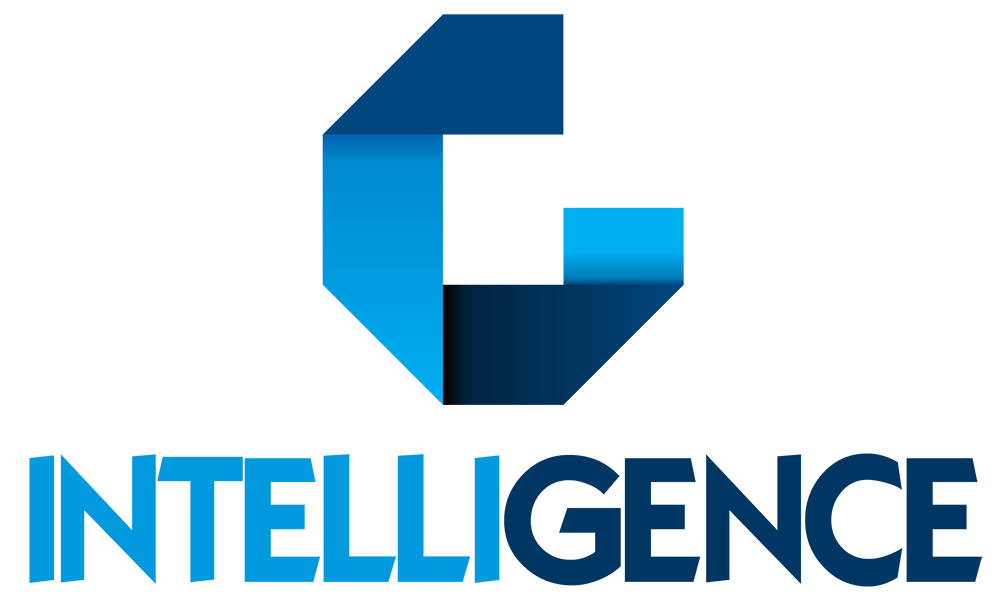Reciprocating & Screw Compressors Operation and Maintenance.
Course Schedule

Reciprocating & Screw Compressors Operation and Maintenance.
Compressors are essential components in almost all industries in
that they are required to meet system demands and operate reliably.
Failure to meet these requirements can have significant production (and hence
cost) impacts.
By attending this course you will gain an understanding of the
characteristics of various types of Reciprocating compressors and their
components. The course will provide engineers and technicians with
information for the optimal selection, operation and maintenance of positive
displacement compressor, reciprocating compressors
In this course we will define the functions of each major
component of a reciprocating compressor. That is, what the purpose of each
component is or "What It Does". By understanding what each component
is supposed to do, you will be in a better position to know if it is performing
its duty correctly. We will present each major component starting with the
crankcase, state its function, operating limits and what to look for. After
presenting each component's general information, we will present specific
information concerning site compressors
Also A rotary screw compressor is a type of gas compressor which
uses a rotary type positive displacement mechanism. They are commonly used to
replace piston compressors where large volumes of high pressure air are needed,
either for large industrial applications or to operate high-power air tools
such as jackhammers.
After completed that course you will be familiar and understand
each of the following and its function
·
Frame and running gear
·
Cylinder distance piece
·
Piston rod packing
·
Cylinder and liner
·
Reciprocating compressor cylinder valves
·
Piston assembly
·
Pulsation dampeners
·
Cylinder and packing lubricators
·
Cooling system
·
Be able to operate screw compressors as close as possible to
the design efficiency.
·
Will be able to monitor screw compressor efficiency,
availability and reliability.
·
Have learnt about selection, operation and maintenance
strategies.
·
Be able to troubleshoot pump and compressor problems.
·
Be able to specify, operate and maintain fluid movers and
drivers
Compressor
1.
Introduction
1.1.
What is a Compressor?
1.2.
How Compressors work?
1.3.
Compressor Classification and Type Selection
Different Types of Compressors
2.
Different Types of Compressors
2.1. Dynamic Compressor Training
2.1.1.
Ejector
2.1.2.
Radial / Centrifugal
2.1.3.
Axial
2.2. Positive Displacement
Compressor
2.2.1.
Rotary Compressor
2.2.1.1.
Sliding Vane
2.2.1.2.
Liquid Ring
2.2.1.3.
Screw
2.2.1.4.
Lobe (Roots)
2.2.2. Reciprocating Compressor
2.2.2.1.
Trunk type
2.2.2.2.
Crosshead Type
Reciprocating compressor
3.1 theory of operation
3.2. Operation Principle and
Maintenance concepts of Process Gas Compressors
3.2.1. Double Acting, Single and
Multi Stage Reciprocating Compressor
3.2.1.1.
Principle of Operation
3.2.1.2.
Lubrication
3.2.1.2.1.
Crankcase Main Bearing / Con-rod Big End Bearing
3.2.1.2.2.
Cylinder and Packing Lubrication
3.2.1.3.
Crankcase / Crank Shaft / Connecting Rod / Crosshead
3.2.1.4.
Valves
3.2.1.5.
Compressor Piston, Piston Elements, Piston Rod Reversal,
Piston Runout and Piston End Clearances
3.2.1.6.
Stuffing Box and Rod Packing elements
3.2.1.7.
Compressor Cylinder Cooling System / Inter Cooling / After
Cooling
3.2.1.8.
Control System
3.2.1.8.1.
Compressor Capacity Controls
3.2.1.8.2.
Intake Unloader Valve
3.2.1.8.3.
Clearance Pocket Unloading
4. Troubleshooting & Maintenance
4.1 Principles of troubleshooting
4.1.1 Principles
4.1.2 Failure modes
4.1.3 Reasons of Failure
4.1.3.1 Mechanical seals
4.1.3.2 Bearings
4.1.3.3 Shaft deflection
4.2 LOSSES IN RECIPROCATING COMPRESSORS:
·
Clearance Losses:
·
Compressor Load
Rating:
·
Capacity Control of
a Compressor:
·
Sealing of
Reciprocating Compressor:
·
Wiper Ring or Oil
Scrapper Ring or Diaphragm Packing:
·
Maintenance
Activity of Reciprocating Compressor:
·
Material of various
components
5
Maintenance of reciprocating
Compressors.
·
Maintenance
strategies
·
Measuring methods
·
Monitoring and Data
collection
o
Condition
monitoring
o
Vibration.
o
Thermography
5.4
Maintenance Activity of Reciprocating Compressor
·
Effect of wearing
of moving parts
·
Maintenance of
piston rod packings
·
Valves
maintenance
·
Major Overhauling
of compressors
·
Lubrication System
of Compressor Cylinders and Packings
Basics of Operation, Application
screw compressor
·
Construction
·
Oil Injection
Fundamentals of operation
o
Suction
process
o
Compression
o
Discharge
Process
o
Volume
Ratio
o
Capacity
Control
o
Variable
Speed
Oil Systems: Separation and Cooling
·
Water Cooled Oil
Cooling
·
Thermosyphon Oil
Cooling
·
Liquid Injection
Oil Cooling
Economizers and Sideloads
Installation Requirements
Compressor System and Control
Compressor
Systems
·
The Lube Oil System
·
Bearing
·
The Cylinder
Lubrication System
·
The Cooling Water
System
·
The Process Gas
System
·
Sealing system
·
The System
Components, P&I Diagrams
Screw Compressor
An
Introduction to Bare Shaft Screw Compressors
·
Explanation of the
different types of screw Compressors, oil-injected vs oil-free
·
Principles of screw
compression
·
Screw compressor
components
·
Screw compressor
Bearing
·
Screw compressor
Sealing system
·
Oil Cooling &
Oil Cooler
o
Water
Cooled Oil Cooling
o
Liquid
Injection Oil Cooling
o
Liquid
Injection Oil Cooling
o
Thermosyphon
Oil Cooling
o
Dual Oil
Coolers and Dual Oil Filters
·
Typical
applications – Markets
o
XRV vs
WRV
·
Capacity Control
o
Capacity
Control Slide Valve
o
Vi
“volume index”, explained
·
API 619 screw
compressor standard
·
Materials of
construction
·
How to evaluate a
compressor during operation
Screw
Compressor Process Packages
·
Design Criteria
·
Commissioning
·
Instrumentation
·
Condition
Monitoring
Maintenance and Operation
Requirements
Compressor Systems
·
Lubrication System
·
Oil Reservoir &
Oil Separation System.
·
Oil Separator:
·
Oil Pump:
·
Hydraulic System.
·
Oil Cooling & Filtering
System
·
Process Gases
·
System components,
P&I diagrams
Compressor Operation
·
Safety precautions
·
Initial start-up
·
During operation
·
Compressor
behaviour at changing
Process Conditions
·
Operating limits
· Functional Diagram
| Sub Code | RM163 |
| Start Date | Sun,Mar,27,2022 |
| End Date | Thu,Mar,31,2022 |
| Duration | 5 Days |
| Fee(US$) | 4250 |
| Location | Kuala Lumpur |
| Reminder |

|

